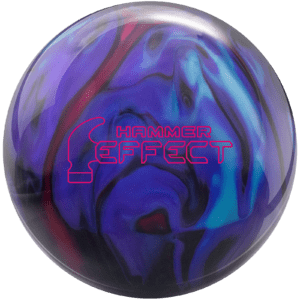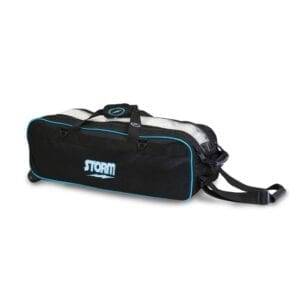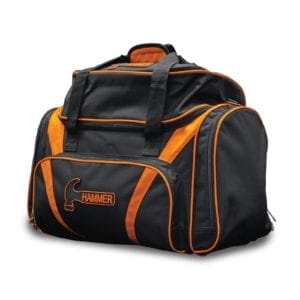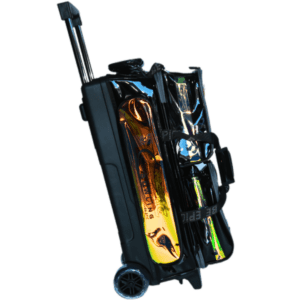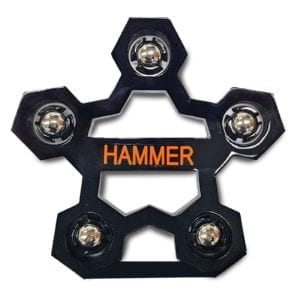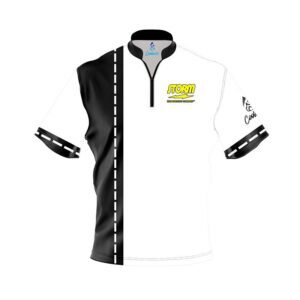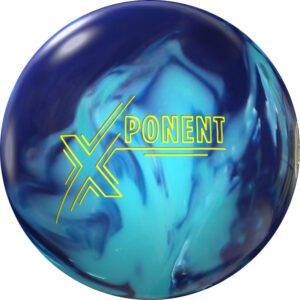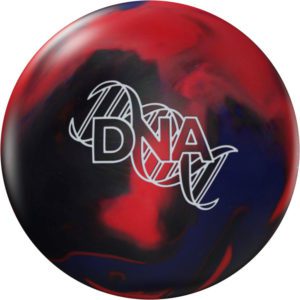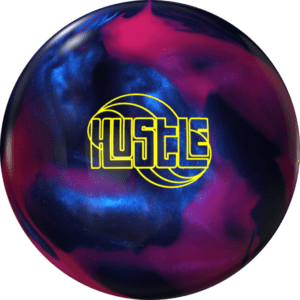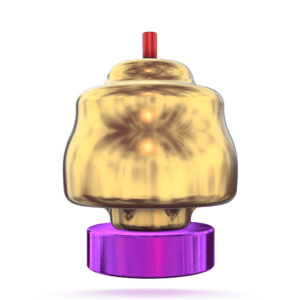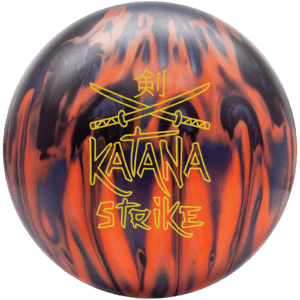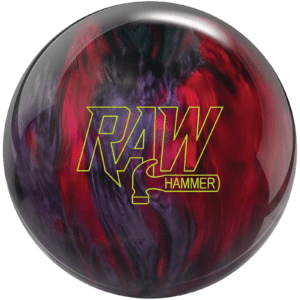Bowling How To's & Buyers Guides, Bowling Tips & Coaching Articles, Buying Guides, Entry Level Bowling Tips
Comprehensive Guide to Reactive Bowling Balls for New Bowlers

Reactive Coverstocks
Utilizing different types of reactive coverstock bowling balls can greatly benefit your game by helping you navigate various lane conditions and maximizing your scoring potential.
When purchasing a bowling ball, you’ll find a range of options including solid, pearl, and hybrid reactive coverstocks. Understanding the distinctions between these coverstocks is crucial in order to select the right ball for the specific lane conditions you encounter. Appreciating the available coverstock choices can significantly aid you in making an informed decision.
The advent of reactive resin bowling balls revolutionized the industry, introducing highly aggressive coverstocks. Initially, these reactive coverstocks were engineered to react differently on oily parts of the lane surface compared to the dry backend.
While reactive coverstocks share similar materials with regular urethane formations, they incorporate different additives. The addition of resin in reactive coverstocks allows the ball to glide or hydroplane over oil, delivering controlled skid distances in the front of the lane. Furthermore, reactive balls provide a “tacky” sensation that translates into increased traction and typically results in a strong reactive motion on the lane’s backend.
In this article, we focus on three sub-categories of reactive coverstocks: solid coverstock, pearl coverstock, and hybrid bowling balls. Each of these coverstocks possesses unique characteristics that can significantly impact your performance on the lanes.
Solid
Solid reactive coverstocks possess a greater number of microscopic reactive pores on the ball surface when compared to other reactive coverstocks. These coverstocks can come in polished or sanded finishes, and with a rubbing compound buffed finish to allow control over the degree of surface friction.
Compared to pearl coverstocks, solid reactive coverstocks typically exhibit a higher coefficient of friction. This increased friction causes solid reactive balls to hook earlier than their pearl reactive counterparts and experience a slight decrease in energy as they navigate down the lane.
As a solid reactive ball transitions from the oil pattern on the back third of the lane surface, its hook at the break point towards the pocket is generally less pronounced than that of a pearl reactive ball.
Pearl
Pearl reactive coverstocks, introduced in the early 1990s, revolutionized bowling with the incorporation of resin or mica particles into the reactive coverstock material. These additives alter the microscopic pores, allowing the ball to skid boldly at the front of the lanes while retaining energy for a stronger hook on the backends.
Compared to their solid reactive counterparts, pearl reactive balls exhibit lower coefficients of friction, resulting in minimal energy loss during travel down the lane. As a result, they generate a sharper reaction from the break point to the pocket, allowing them to swiftly respond to high-friction sections of the lane.
In essence, pearl reactive balls offer unmatched responsiveness to different lane conditions, combining speed, hook potential, and effortless adaptability.
Hybrid
Entry level bowlers looking for a bowling ball should discuss their needs with a pro shop operator or a certified bowling instructor before making a purchase. The goal is to match the coverstock to the lane conditions where entry level players bowl most often. Your pro shop professional can also share useful information about ball surface strategies. Together, you can establish a scheduled maintenance procedure and keep your equipment ready to go.













